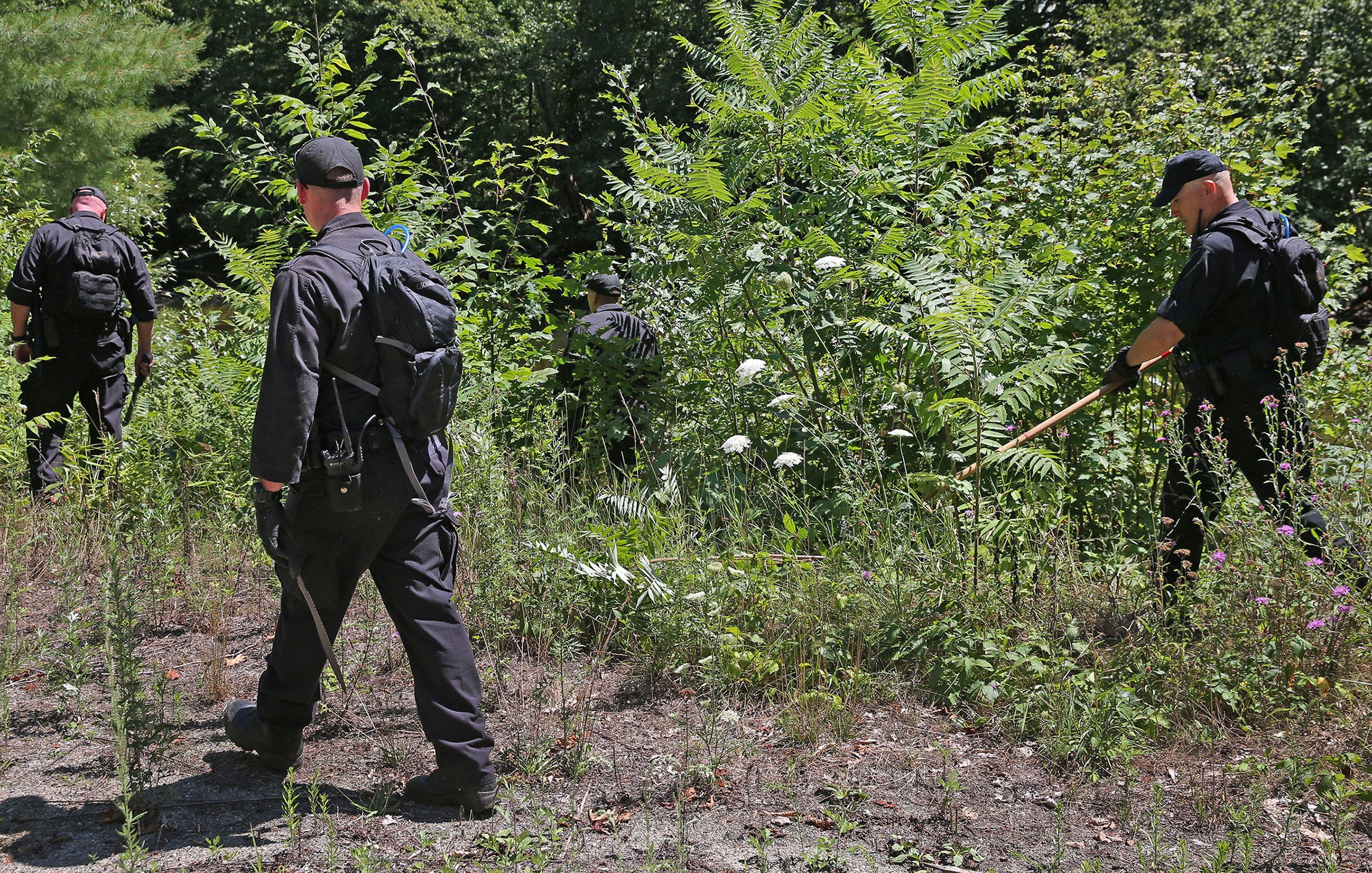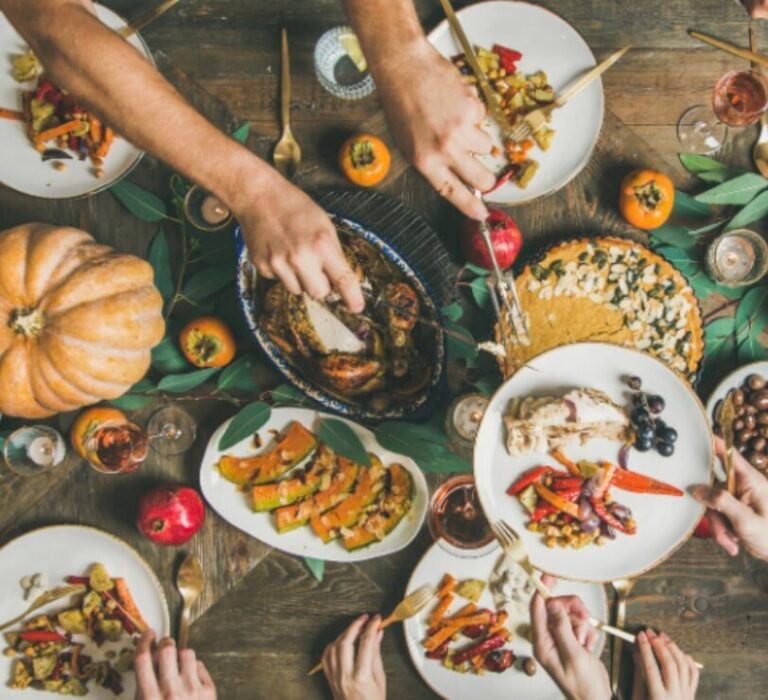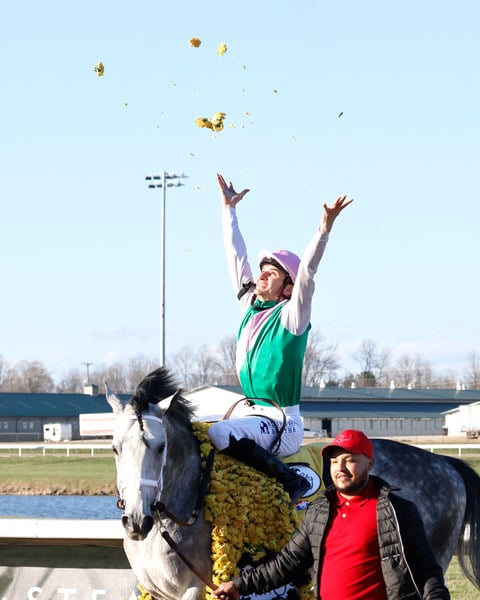As we celebrate the achievements of our top athletes in Rio 2016, back home we are mourning the deaths of three women whose athletic accomplishments may not have been Olympian but steady in their own rights.
The killings this month of three female runners in Michigan, New York, and Massachusetts remind us once again of the danger women face when going about their normal daily routines. And while the deaths may be seen as just another aspect of the violent nature of our society, they touched a nerve in the local running community.
“I want women to be able to walk and work and run and play wherever anyone else has the right to do so without fear that someone will take advantage of them just because they are there,” said Emily Horseman, who teaches self-defense courses and investigated crimes against women when she was a police officer. She said women should not, and cannot, be patsies when it comes to protecting themselves from harassment or attacks.
A number of people offered suggestions on how to not only avoid becoming a target, but also on how to react if you are attacked. But first, a reminder of the three women who were killed in the past two weeks while out doing something they loved:
Alexandra Nicolette Brueger, 31, a registered nurse, was shot multiple times while running in the middle of the afternoon on a dirt road in rural Rose Township, Mich., on July 30.

Karina Vetrano, 30, was running in the New York City borough of Queens on Aug. 2, and her body was found less than 20 feet from the trail in a seedy park, less than two hours after she went out.
Vanessa Marcotte, 27, of Princeton, Mass., went out for a run in the woods about a half-mile from her mother’s house on Aug. 7. Her body was found shortly after she left.
Authorities have no suspects in any of the killings. They have no indication they are in any way related.
It does seem the women took steps to protect themselves, running in the daylight, telling friends or families their destinations, and taking to well-traveled routes. Many of the people I spoke with agreed with those precautions and two others: Don’t run alone, and always pay attention to your surroundings.
“Awareness and an unapologetic intent to set my boundaries and protect myself is the foundation of any plan for personal safety,” said Suzanne Livezey Peters of Union.
And remember, running does not have to be a solitary activity.
“When I run alone,” said Julia Meister of Fort Thomas, “I either run through the NKU campus when it’s light out, or in Ft. Thomas, where there are always a lot of folks on the sidewalks and porches. If I’m running at night or before sunrise, I usually have a large dog with me — although she looks very cute, she will get between me and someone she doesn’t know.”
If you’re away from home on a business trip or vacation, contact a local running group and see if they have any group runs scheduled, suggested Jennifer Thimmadasaiah of Union. Back home, join up with one of the many running groups that train in either Cincinnati or Northern Kentucky — or both — as Brigitte Caton said she did so she would have company on her long runs.

If you must run alone — or if sometimes you just prefer to go out for a solitary run — bring something to protect yourself. Many women suggested a can of mace. And for extra measure, wear ID, and have a cell phone with you. This is particularly important if you are on the trails in the woods and have any type of emergency.
“Just being aware of your surroundings and using common sense is huge,” said Dianna Petry of Independence. “I also always run with a phone and … leave it with 911 already dialed and ready if needed.”
But with that, I want to get back to Horseman, whose comment on my questions about safety was passionate and informative. (She also writes a blog on her running, sherunsthistown.wordpress.com, which is also passionate and informative.)
“I travel smart,” she said. “I run smart in new areas. I know the secret to how to carry myself to prevent being seen as a target, and I pay attention to where I am and where the people who live there say (I should) avoid. I use road ID’s app to let my husband or friends track where I am and know if something goes wrong. … (I make) solid and polite but not friendly greetings to people I pass. (I make) eye contact, and always (having) my phone handy as a weapon or an escape are important parts of the whole.”
This is important, she said, whether you’re out running alone, or for dinner with a group of friends. You should know where you are, who is with you, and who is around you.
She continues: “Things like confidence, and how we walk and how we tell (or) show people that we are aware of their presence does a lot to prevent situations of attacks — and women are culturally trained not to do these things! It’s awful. And it is what has set women up for years to be victims. Men tend to be raised to take advantage of the quiet shyness and pleasant politeness that women are enslaved into portraying (so they can have husbands). Just by becoming stern or ‘stone cold,’ a woman can make a significant improvement to her safety.
“It shouldn’t be that way, but it is.”
Listen to her. She knows what she’s talking about.
And after she posted her comments, a lot of people asked if they could run with her.
She’ll let you, but you’ll have to keep up with her — and that’s not always easy.






















